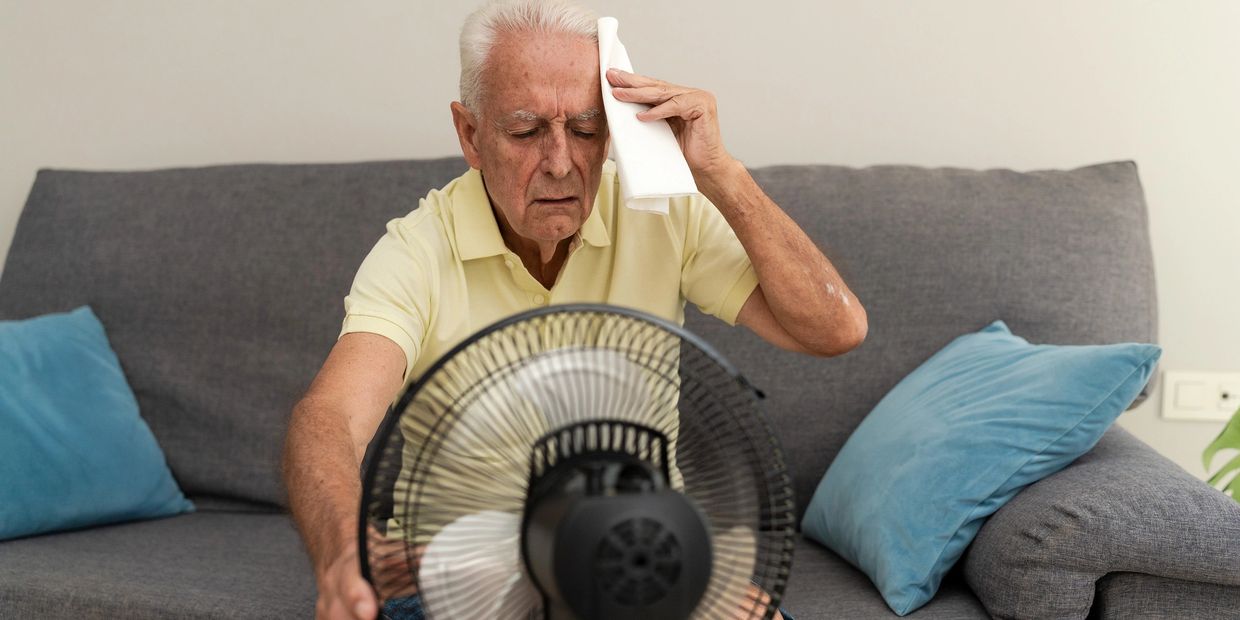
HVAC Issues in New Construction
New Construction Defects Claim - Your Trusted Construction Law Practice
HVAC Issues in New Construction
What Are HVAC Defects?
HVAC (Heating, Ventilation, and Air Conditioning) systems are critical for keeping a Florida home comfortable year-round. In new construction, HVAC defects occur when the system is improperly designed, installed, or sized, or when the builder uses substandard materials. These problems often surface in the first months or years after move-in — sometimes during the first Florida summer, when cooling demands are highest.
Common causes of HVAC problems in new homes include:
- Undersized or Oversized Units – Causes inefficient cooling, short cycling, or uneven temperatures.
- Poor Ductwork Design – Leads to inadequate airflow to certain rooms.
- Leaky or Uninsulated Ducts – Reduces efficiency and increases energy costs.
- Improper Placement of Air Handler or Outdoor Condenser – Reduces system performance and lifespan.
- Blocked or Restricted Vents – Poor installation or design flaws limit airflow.
- Improper Refrigerant Levels – Caused by careless installation or poor quality control.
- Missing or Inadequate Return Air Paths – Leads to pressure imbalances and poor comfort.
How to Identify HVAC Issues in Your New Home
Many HVAC defects are not obvious at first. Some issues develop over time, while others become noticeable during extreme heat or cold.
Signs of HVAC Problems:
- Uneven Cooling or Heating – Some rooms are too hot while others are too cold.
- Constantly Running or Short Cycling – The system turns on and off too frequently.
- High Energy Bills – Indicates inefficiency due to leaks, poor design, or undersized equipment.
- Weak Airflow from Vents – Could be a duct design or blockage issue.
- Humidity Problems – Excess moisture in the air, sticky feeling, or mold growth.
- Unusual Noises – Rattling, banging, or whistling sounds from ducts or equipment.
- Dust Buildup or Poor Air Quality – Caused by improperly sealed ducts or lack of filtration.
Why HVAC Defects Are a Serious Problem
In Florida’s hot, humid climate, HVAC defects can quickly lead to:
- Mold and Mildew Growth – From excess humidity or condensation in ducts.
- Structural Damage – Moisture damage to ceilings, walls, and insulation.
- Reduced Comfort – Uneven temperatures and poor air circulation.
- Shortened Equipment Lifespan – Improper installation causes early system failure.
- Skyrocketing Utility Bills – Inefficient systems cost more to run.
Who Is Responsible for HVAC Defects?
In new construction, the builder is ultimately responsible for ensuring the HVAC system is properly designed, sized, and installed according to:
- The Florida Building Code.
- Manufacturer’s installation guidelines.
- Manual J, Manual S, and Manual D standards for load calculation, system sizing, and duct design.
Builders often subcontract HVAC work to specialists, but liability can extend to both the subcontractor and the builder. In HOA-managed communities, the HOA may also share responsibility if HVAC systems are part of a shared infrastructure.
Can You File a Claim for HVAC Problems?
Yes. If your HVAC problems are due to improper installation, defective materials, or design flaws, you may have a valid construction defect claim under Florida law.
Possible claim categories include:
- Improper System Sizing or Installation – Fails to meet industry standards.
- Code Violations – Ducts, vents, or equipment installed in non-compliance with Florida Building Code.
- Defective Ductwork – Poor sealing, improper insulation, or inadequate airflow.
- Moisture and Mold Damage – Resulting from HVAC-related humidity issues.
A successful claim can recover:
- Cost of HVAC repair or replacement.
- Remediation of mold or water damage.
- Higher energy bills caused by the defect.
- Attorney’s fees in some cases.
When Should You Contact Kagan Law PLLC?
You should contact Kagan Law PLLC if you notice:
- Ongoing comfort issues despite multiple service calls.
- High humidity or mold around vents.
- Excessive dust or poor indoor air quality.
- Persistent high utility bills.
- Repeated HVAC component failures within the first few years.
Our firm will:
- Document the Defects – Through inspections and HVAC performance testing.
- Consult Experts – HVAC engineers and building science specialists to confirm code violations.
- Pursue Compensation – From builders, subcontractors, or other responsible parties.
Understanding Florida Construction Defect Laws & Warranties
Florida law provides homeowners with important protections:
- One-Year Builder’s Warranty – Covers workmanship and materials.
- Four-Year Statute of Limitations – From discovery of the defect.
- Seven-Year Statute of Repose – Absolute deadline for latent defect claims.
- Chapter 558 Process – Requires written notice to the builder and an opportunity to repair before filing suit.
Builders must also follow the Florida Energy Efficiency Code for Building Construction, which covers HVAC performance requirements, duct sealing, and ventilation standards.
Contact Us Today
If your new home’s HVAC system isn’t working as it should, don’t let the problem persist — the longer it goes unaddressed, the more damage and costs you could face. Kagan Law PLLC can help hold builders accountable and secure the compensation you need for proper repairs.
📞 Call us now or submit our online contact form for a free case evaluation. Let us help you restore comfort, efficiency, and value to your home.
This website uses cookies.
We use cookies to analyze website traffic and optimize your website experience. By accepting our use of cookies, your data will be aggregated with all other user data.